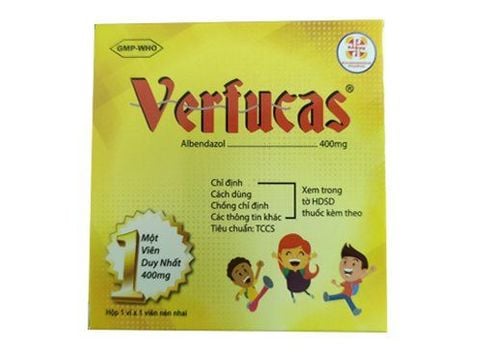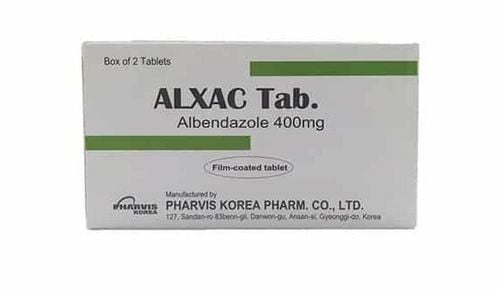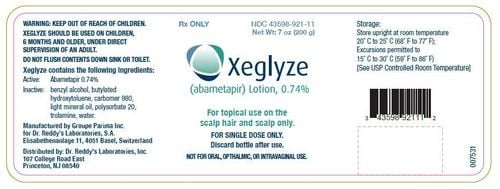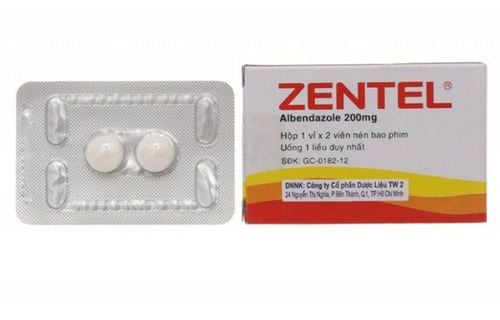This is an automatically translated article.
Keeping pets in the house is a hobby of many families, but besides the positive aspects brought by pets, there are many potential health dangers that few people know such as parasitic diseases from pets, helminthic diseases.
1. Having pets in the house has many potential pathogens
Pets that are often kept in the house are gentle and cute animals such as dogs, cats, birds, mice... Many people often have the habit of hugging, kissing, walking, even eating. share and sleep together. However, besides the positive aspects of having a pet, there are also health dangers that very few people know about. Although these animals are well cared for, they, like humans, carry pathogens on them and can transmit those pathogens to people living with them.
2. Parasitic diseases that can be acquired by pets
Some parasitic diseases that humans can get from pets are:
2.1. Hookworm infection in dogs and cats
Hookworms of dogs and cats often live in the intestines of dogs and cats; In addition, they can parasitize monkeys and other animals such as wildcats, tigers, leopards, civets... People are infected with hookworms in dogs and cats usually by contact with soil and sand in the environment. Live contaminated with feces of dogs and cats with infective larval stages.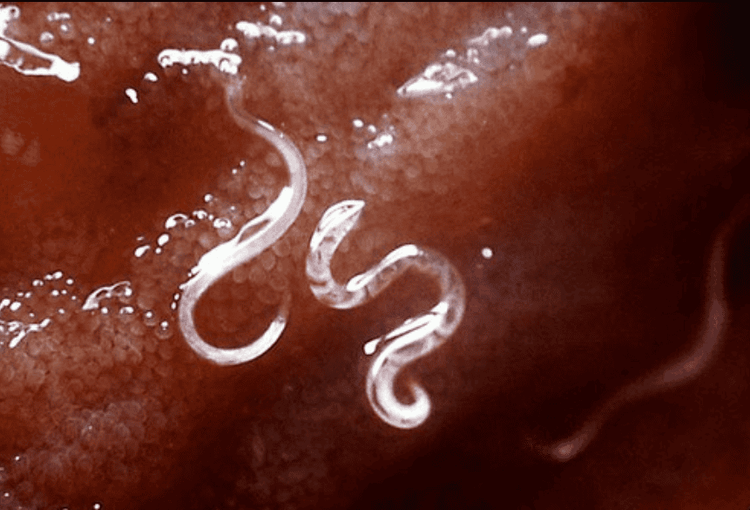
Hình ảnh giun móc chó
2.2. Canine roundworm larvae infection
Toxocara canis is an infectious disease whose main source of transmission is from infected domestic dogs, especially in puppies.
Ascariasis eggs in dogs are excreted in feces, they develop into embryonic eggs, it persists for a long time in the external environment, possibly for many months, and it is these embryonic eggs that are infectious agents for dogs. People. When we eat or drink roundworm eggs, then we become infected.
When entering the human body, the larvae go directly to the small intestine, then they go through the bloodstream to move to different organs, where they can survive for many years as a free or cocoon, but not never develop into an adult.
Manifestations of toxocariasis is very diverse, so it is easy to be confused with other diseases. Usually, the disease has two main groups of symptoms, which is the positive larval syndrome with some symptoms such as pain and pain. abdomen, asthma , prolonged allergies.
2.3. Infection with tapeworms in dogs and cats
Tapeworms mature in the small intestine of dogs and cats. Burn the old fluke in feces or crawl out through the anus. The eggs are released when the tapeworm is contracted or when it is destroyed. Eggs are released into the environment or cling to the fur or around the anus of the dog.Fleas such as Ctenocephalides canis, Ct. felis, Pulex irritans, when swallowed, the embryo will develop into a larval capsule with a tail. Children accidentally swallow fleas, larval cysts with adult tails within 20 days in the small intestine. Children with the disease often have mild digestive disturbances. When children are infected with many flukes, children will feel tired, headache, epigastric pain, anal itching, diarrhea, allergies.

Trẻ nhiễm bệnh sán dải chó, mèo thường xuất hiện triệu chứng đau bụng vùng thượng vị
2.4. Fungal infections of the skin
When the parasites nest on human skin, it will cause some fungal diseases of the skin such as ringworm, ringworm..
Ringworm: Dogs or cats with ringworm on the skin, spread directly to humans from contact while petting or grooming them. The first manifestation is redness, itching, gradually spreading around the healthy center to form a ring. Wounds that are close to each other when they spread and merge are called polyhedrons. Cheek disease: Usually the wound is on one side (right or left), sometimes occurs on the chin. Cheek infection is caused by kissing domestic animals that have the fungus on their fur.
2.5. Spores spores
Spores are mostly blood parasites in cats, and humans are just their accidental hosts. Human spore infections can be caused by swallowing cyst eggs or by ingesting cysts in undercooked meat or in milk, blood, or urine from an infected cat. When moving to the intestine of the host, the parasites are released to parasitize the cells of the retina, brain, and muscle systems and transform into new active forms. In the right environment, they actively reproduce by dividing to produce new generations, rapidly increasing the population, invading new cells, causing acute form. This stage is dangerous for the fetus if the mother has a spore infection.If the disease is mild, the patient has symptoms of fever, lymphadenopathy and fatigue, the disease resolves on its own without treatment. When the body is infected with spores in large numbers, the growth is stronger, causing localized necrotic lesions, next, the worms spread in the body by blood, causing disseminated disease. Lesions are common in the brain, eyes, but also in the lungs and heart. Inflammation of the brain is often severe, eventually, the patient goes into a coma and dies.
In addition to the above diseases, ectoparasites such as ticks and fleas also harm humans, causing paralysis that transmits bacteria, viruses and rickettsia into the human body. Fleas are also an intermediate parasite that transmits bubonic plague.

Người bệnh nhiễm trùng bào tử có thể gây hôn mê và tử vong
3. Measures to prevent parasitic diseases caused by pets
3.1. How to avoid for people
When raising pets, you need to propagate and educate to raise awareness of personal and community hygiene; Protect the environment from being contaminated with cat and dog feces.
Sanitize epidemic prevention anytime, anywhere: clean the surrounding living environment, especially the area with dog and cat feces, indoor areas and children's play areas. Clean personal hygiene: wash hands before eating or preparing food, do not eat unwashed raw vegetables or undercooked dog and cat meat.
3.2. How to prevent pets
Bathe pets regularly to remove worm eggs, flukes and ectoparasites from the fur. Deworming cats and dogs periodically. Do not keep wild, unknown pets in the house.
The hobby of keeping pets in the house actually has a lot of potential for dangerous diseases if we are not careful to clean it. Therefore, you should clean the pets, strictly control the shelter, vaccinate, periodically deworm your dogs and cats to minimize the risk of parasitic infections from pets.
Vinmec International General Hospital is the address for examination, treatment, prevention and early detection of many diseases of the digestive tract. With modern technical facilities, a team of experienced doctors will be worthy of the address for customers to feel secure about their health.
Vinmec International General Hospital is one of the hospitals that not only ensures professional quality with a team of leading medical doctors, a system of modern equipment and technology, but also stands out for its medical examination and treatment services. comprehensive and professional medical consultation and treatment; civilized, polite, safe and sterile medical examination and treatment space.
Please dial HOTLINE for more information or register for an appointment HERE. Download MyVinmec app to make appointments faster and to manage your bookings easily.





